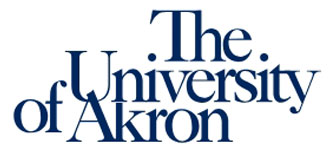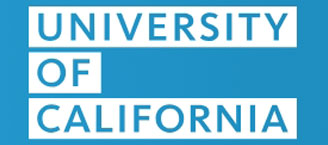H-D-Orn(N3)-OH hydrochloride is an azido-modified amino acid linker precursor facilitating selective bioorthogonal conjugation in antibody-drug conjugate development.

Structure of 1858224-08-4
* For research and manufacturing use only. We do not sell to patients.
| Size | Price | Stock | Quantity |
|---|---|---|---|
| -- | $-- | In stock |
Looking for different specifications? Click to request a custom quote!
Capabilities & Facilities













 Popular Publications Citing BOC Sciences Products
Popular Publications Citing BOC Sciences Products
H-D-Orn(N3)-OH hydrochloride is a synthetic compound derived from the amino acid ornithine, with the addition of an azide (N3) group. This modification makes it a valuable building block in bioorthogonal chemistry, particularly for click chemistry applications. The azide group is highly reactive and can undergo a copper-free reaction with dibenzocyclooctyne (DBCO) groups or other suitable partners. This property allows H-D-Orn(N3)-OH hydrochloride to be used in the creation of bioconjugates, including targeted drug delivery systems and peptide-based therapeutics. Its ability to form covalent bonds with azide-reactive molecules makes it a useful tool in the design of selective drug conjugates, enhancing therapeutic specificity while minimizing off-target effects.
A key application of H-D-Orn(N3)-OH hydrochloride is in the development of peptide-drug conjugates (PDCs) for targeted cancer therapy. The compound can be conjugated to cancer-targeting peptides or antibodies, enabling the selective delivery of cytotoxic agents directly to tumor cells. The azide group on H-D-Orn(N3)-OH hydrochloride reacts efficiently with DBCO-functionalized payloads, ensuring precise and stable conjugation. This approach allows for the release of chemotherapeutic agents specifically within the tumor environment, enhancing therapeutic efficacy while reducing systemic toxicity. This makes H-D-Orn(N3)-OH hydrochloride an important tool in the development of next-generation cancer treatments, where precision is crucial.
In addition to its role in targeted therapies, H-D-Orn(N3)-OH hydrochloride is also used in chemical biology for studying protein interactions and cellular processes. The azide group can be used to tag proteins or other biomolecules, facilitating the study of molecular interactions in living systems. By conjugating H-D-Orn(N3)-OH hydrochloride to proteins, researchers can investigate protein-protein interactions, enzyme activity, and the dynamics of cellular signaling pathways. This application is particularly valuable in drug discovery and the identification of new therapeutic targets, as it allows for the monitoring of real-time biological processes with high specificity.
H-D-Orn(N3)-OH hydrochloride also finds applications in the development of diagnostic tools, particularly in molecular imaging and in vivo tracking. The azide group can be used for the selective labeling of biomolecules with imaging agents such as fluorescent dyes, allowing for non-invasive monitoring of molecular processes in living organisms. By incorporating H-D-Orn(N3)-OH hydrochloride into diagnostic probes, it becomes possible to track disease progression, such as tumor growth or inflammation, in real-time. This application is valuable for personalized medicine, where precise monitoring of treatment responses is essential for optimizing therapeutic strategies.
Contact our experts today for pricing and comprehensive details on our ADC offerings.
From cytotoxin synthesis to linker design, discover our specialized services that complement your ADC projects.
Learn more about payload design, linker strategies, and integrated CDMO support through our curated ADC content.
Find exactly what your project needs from our expanded range of ADCs, offering flexible options to fit your timelines and goals.











